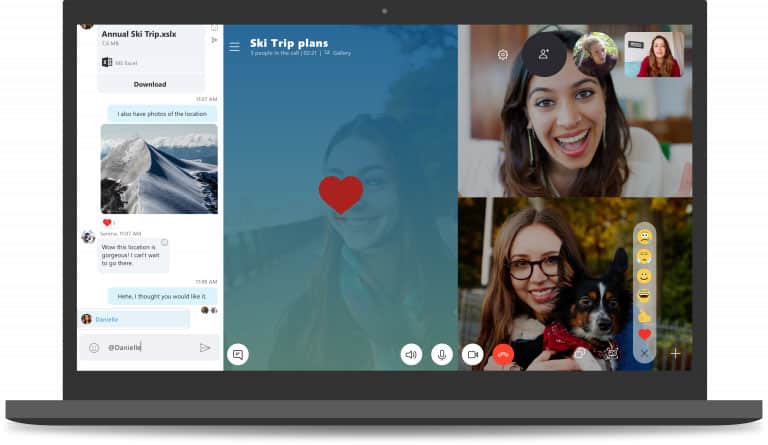
The server provides a 200 OK which includes in-band provisioning details, including MRAS (audio or video relay authentication services) which tells the client there is an Edge server deployed. The Skype for Business client does an SRV lookup to find an Edge server to register against and then performs a SIP register. Edge server is doing STUN and TURN but not an ICE endpoint, and is more of an ICE server. Session Border controllers and the director role would not be considered as ICE endpoints. Skype for Business Clients, Skype for Business Web App, Skype for Business Phone, Front End Server (App Sharing MCU, RGS, Call Park A/V Conf etc), mediation Server, SBA, Exch UM.
ICE endpoints – An ICE endpoint is anything that is involved in audio or video e.g. Relay/Traversal Using Relays around NAT (TURN) – TURN allows the audio or video traffic to be relayed/proxied by the Edge server to the client by providing the client relay addresses to send audio or video. a home based user sends a packet to edge server, which discovers the public IP address (a candidate), and returns it to the client. Reflective/Session Traversal Utilities for NAT (STUN) – STUN ‘reflects’ or returns the public NAT address to the Skype for Business client e.g. Candidates – A list of possible IP addresses that could be used to establish an audio or video path. Interactive Connectivity Establishment (ICE) – Process used to discover and exchange candidates to find the most optimal audio or video path. For example, its the thing that tells the server you want to make a call by sending a SIP INVITE. SIP signalling – simply put, it’s the control traffic. ICE is the overall process that helps discover and exchange ‘candidates’ to finds most optimal audio and video path. To do this, Skype for Business uses Interactive Connectivity Establishment (ICE). To reduce the likelihood of this happening, Skype for Business will attempt to find and use the shortest path between users – This can result in two users on the same network sending their audio and video traffic directly to each other, all the while, the SIP signalling traffic continues server/client. On the other hand, any significant delays to audio and video traffic will be immediately noticed by the user and could disrupt the call. Any delays (latency) in this traffic is typically unknown to the user. 
SIP signalling and control traffic in Skype for Business takes the run of the mill approach – traffic is routed directly between server and client.

This article will give you some new tools to help you troubleshoot a Skype for Business audio not working issue.Īudio and video establishment in Skype for Business takes a different approach to most network traffic.

Understanding how Skype for Business establishes audio and video (media) paths can improve your ability to troubleshoot these tricky issues. This is a common issue in Skype for Business deployments.







 0 kommentar(er)
0 kommentar(er)
